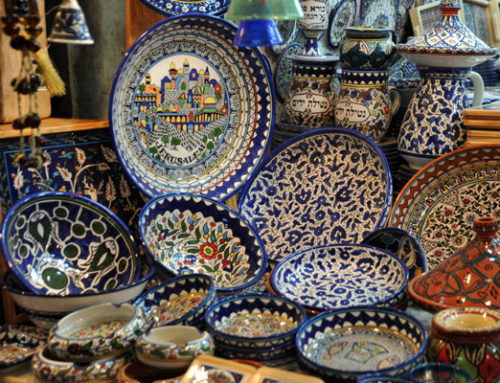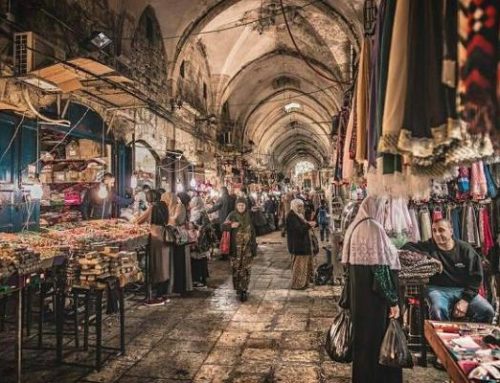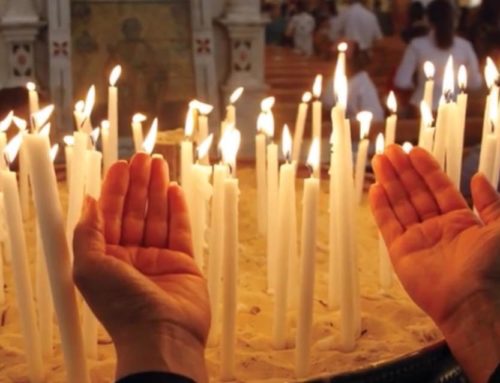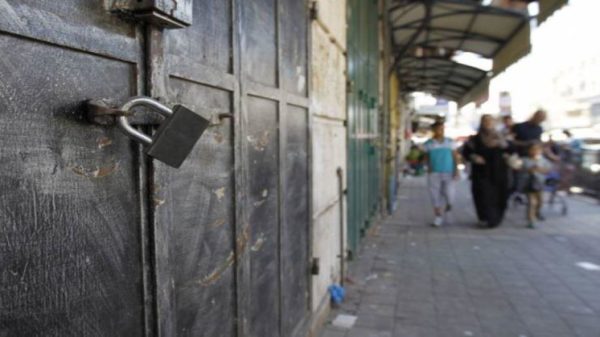
The Palestinian economy in occupied Jerusalem is affected by three main phenomena:
- Annexation:, in which Jerusalemite economy is directly affected by Israeli institutions and furthers the interests of Israeli jews through discriminatory policies that target Palestinian development and economy in the city.
- Isolation: The economic, political and social isolation from surrounding Palestinian areas and the surrounding of the Arab neighborhoods in Jerusalem with the Apartheid wall.
- Disintegration where the economy has been fragmented and the power of growth and movement has been removed and social and demographic influences have declined.[2]
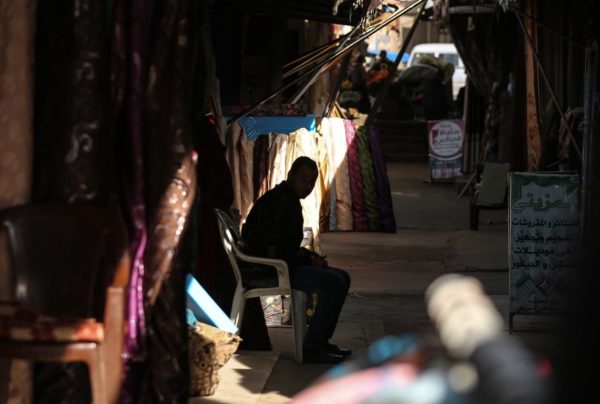
Economic Map of East Jerusalem
The economic map of occupied Jerusalem consists of six main sectors: transportation, business, tourism, industry and crafts, labor, and investment. The map is divided into five neighborhoods: the Old City, Salah al-Din Street, the remaining areas in the center of East Jerusalem, the neighborhoods of southern Jerusalem, and the neighborhoods of Shuafat and Beit Hanina in the north of Jerusalem.[3]
These five neighborhoods suffer from some shared economic problems: depends on the Israeli labor market as a main source of income, a lack of female participation, weak economic productivity due to Scarcity of resources and raw materials , the expansion of settlements which swallows the land, strangles the city’s ports and controls its markets and products , isolation from the West Bank, and the decline of tourism, which further weakens of the consumer base, as well as high taxation.[4]
The Income Gap between East Jerusalem and West Jerusalem
Eastern Jerusalemites, the majority of whom are palestinian arabs, have much lower incomes than do inhabitants of West Jerusalem for a number of factors: [5]
- The Israeli curfew policy imposed on Jerusalem means the continuous closure of Jerusalem and its isolation from its main income source— Palestinians of the West Bank and Gaza Strip.
- Prohibition of large scale economic activity among Palestinians under the guise of fear of political activity..
The reduction of tourism revenues in East Jerusalem and the redirecting of it to the western part of the city with a Jewish majority.
- The amalgamation of Arnona taxes on Palestinians in the city have caused many shops and hotels to shut down–especially since most potential customers would have come from other parts of Palestine which are closed off at curfew or by the Apartheid Wall.
[1] United Nations Conference on Trade and Development (UNCTAD), the Economy of East Jerusalem (New York: United Nations, 2013)
[2] Nour Arafa, Diagnosis of the local economic resources of East Jerusalem (Jerusalem: Palestine Economic Policy Research Institute, 2017)
[3] The Palestinian private sector’s vision of the Jerusalem economy: Export incentives (Jerusalem: Coordinating Council for Private Community Institutions, 2010)
[4] UNCTAD, the Economy of East Jerusalem, and Arafa, Diagnosis of Local Economy, and Private Sector’s Vision
[5] “Arnona Taxation,” last modified April 19, 2009, http://www.jcser.org/index.php?option=com_content&view=article&id=6&Itemid=9


